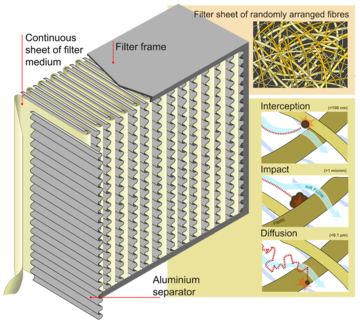 The article titled “Integrity testing of HEPA filters” appearing in Cleanroom Technology May 17, 2006 is a very good read for those wanting to learn more and understand exactly how and why HEPA filter validation testing is performed, why it is performed and the standards against which the results are measured. It is also a great yardstick for measuring how the PASport coupled with its installation kit measures up and meets the standards as laid out in ISOEN14644-3 for aerosol photometer testing as employed by most sterile room certifiers today.
The article titled “Integrity testing of HEPA filters” appearing in Cleanroom Technology May 17, 2006 is a very good read for those wanting to learn more and understand exactly how and why HEPA filter validation testing is performed, why it is performed and the standards against which the results are measured. It is also a great yardstick for measuring how the PASport coupled with its installation kit measures up and meets the standards as laid out in ISOEN14644-3 for aerosol photometer testing as employed by most sterile room certifiers today.
To learn more, follow the link below;
https://www.cleanroomtechnology.com/technical/article_page/Integrity_testing_of_HEPA_filters/51404
Here is a snippet of the article:
High Efficiency Particulate Air (HEPA) filters are used to provide clean air for cleanrooms throughout many diverse industry sectors – semiconductor, pharmaceutical, medical device, nuclear and biotechnology to name a few. Capable of removing 99.97% of particulates 0.3_m in diameter, the HEPA filter is constructed with many pleated layers of filter media paper. This design prevents particles from freely passing through the filter – instead, they become trapped and stick to the filter fibers.
In such a design, there are three mechanisms at work:
Straining/Sieving – where a particle is too large and becomes trapped between two filter fibers
Impaction – where a particle of relatively greater mass is unable to follow the curved streamline around the fiber and, as a result of momentum, travels in a straight line into the filter fiber and sticks.
Interception – which occurs when a section of a particle “runs into” a filter fiber.
Diffusion – where capture occurs when particles leave the streamline due to random collisions with the surrounding fluid molecules and strike the fibers, where they again stick.
